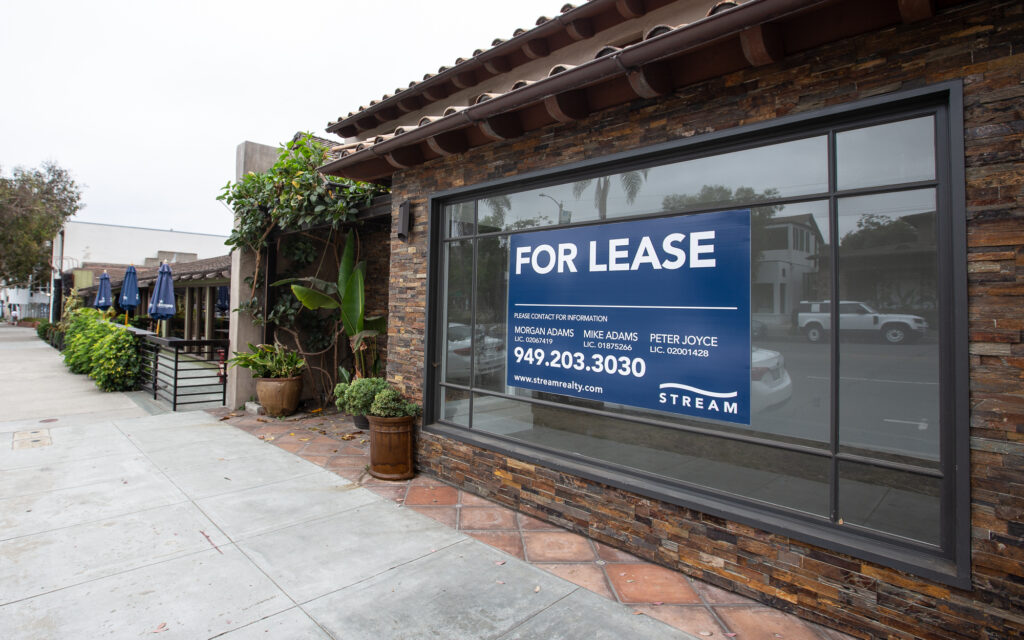
We now understand why city meetings go until midnight. That’s when they can make hasty decisions without anyone noticing.
Back on Aug. 16, when most people are sipping mojitos on Victoria Beach, the Laguna Beach City Council decided that it needed to save face with the “Measure Q” crowd and proactively pushed through a rigid building ordinance with little fanfare.
It approved Ordinance #1675, which did a couple things:
Here’s what that means. If a landowner anywhere within 500 feet of the Downtown Specific Plan area has two lots that will be combined for, say, a small hotel. The total size cannot be more than 15,000 square feet.
Repeat, 15,000 square feet.
You know when you’re driving into town through the canyon, and you invariably look up to the ridge and see those big houses? It’s like that.
Laguna has no trouble allowing homeowners to combine lots and create McMansions but don’t afford the same opportunity to business owners.
The double standard is astounding.
Which is why business owner Mo Honarkar filed a lawsuit against the city on Tuesday right before the council meeting.
In many ways, you can call Ordinance #1675 the Honarkar rule. His substantial Laguna Beach Company holdings are probably most at risk if the ordinance isn’t repealed. And he’s not about to go quietly.
“The Ordinance violates the law in numerous ways,” according to the lawsuit, filed by Latham & Watkins.
They cited spot zoning, affordable housing, beach access, due process requirements, and more.
“In sum, the City’s approval of the Ordinance is an abuse of discretion because the Ordinance conflicts with state and local planning and zoning law, the Government Code, the Coastal Act, SB 330, and the California Constitution,” they write. “The Ordinance must be overturned.”
City attorney Philip Kohn and the City Council were caught flat-footed before the meeting, so they couldn’t say much but what they did say was revealing.
“You robbed him of his property rights,” said Councilmember Peter Blake. “Of course he’s going to sue.”
The original vote for Ordinance #1675, by the way, was split 3-2. Blake voted no, and interestingly, he was joined by George Weiss.
There is another stipulation in the ordinance that is worth mentioning.
If a business owner does manage to stay under that 15,000-square-foot limit, the owner would have to break up the view from the street so that it appears like two different buildings. And by “different” the city means something specific – sort of.
“The development shall incorporate building facades with a variety of widths, materials, color palette, roof forms and building heights that are designed in a cohesive manner,” the city says.
Different but cohesive.
Various building heights but under 36 feet.
Different colors but probably not white.
You remember that this ordinance applies only to the downtown area for some reason. Why, exactly? Why not the HIP District? Why not the canyon?
We don’t know.
But as a result, it would probably appear to any judge as discriminatory and untenable.
And that’s why you should probably set your alarm and watch what the city does after hours.
